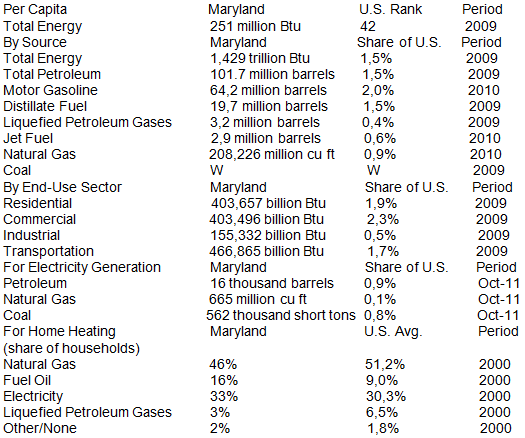The main economical forces of the State of Maryland are the informational technology, telecommunications, scientific research, aircraft development and security. Maryland keeps the leading position in the biotechnology area, providing the multiply researchers of the human genome. The state has a high position in a sector of computer system design and technical consulting.
The domestic household of Maryland is the wealthiest in the country: about $69,272 in 2009 (Maryland State Archives). Although the State is small, its geographical location provides a number of facilities that add money to the State’s economy. The transportation sector provides a wide range of facilities due to the location and a good infrastructure.
The Port of Baltimore serves as a very important link of the import receiving such as iron ore, petroleum, sugar and fertilizers. The agriculture is a significant part of the State’s economy. More than 2 million acres among the total land are used as farmlands and in 2007 the total farm production benefit exceeded $2,38 billion (Maryland State Archives).
Maryland’s economy includes the benefit of the commercial fishing in the Chesapeake Bay. In 2006 the value of fisheries exceeded $53,5. Another important issue of the State’s economy is the educational sector. Maryland ranks second in the list of professionals and workers of the technical industry. The main fields are the medical research, aircraft investigation and security service.
The state of Maryland has a small number of the energy resources, exploiting the minor coal reserves in the Appalachian Mountains. The coal producing of the State is small: it is only about 0,8% of the total U.S. average. The hydroelectric power is produced from the Susquehanna River in the north of the State.
Maryland distributes converted natural gas from Cove Point liquefied gas throughout the Mid-Atlantic and Northeast of the country. It is one of the nine U.S. liquefied natural gas resources. The State has several pipelines that supply natural gas from the Gulf Coast to Maryland’s markets.
The dual-unit Calvert Cliffs facility is the only one State’s nuclear plant; however, this sector supplies one-fourth of the electricity produced in the State. Maryland provides the high average of the households, including 51,2% of natural gas and 30,3% of electricity of the total U.S. average.
The current data provided by the US Energy Information Administration (EIA) provides the following list of consumptions:

Reference List
Maryland State Archives. (2011). Maryland at a Glance. Web.
U.S. Energy Information Administration. (2012). Maryland. Web.